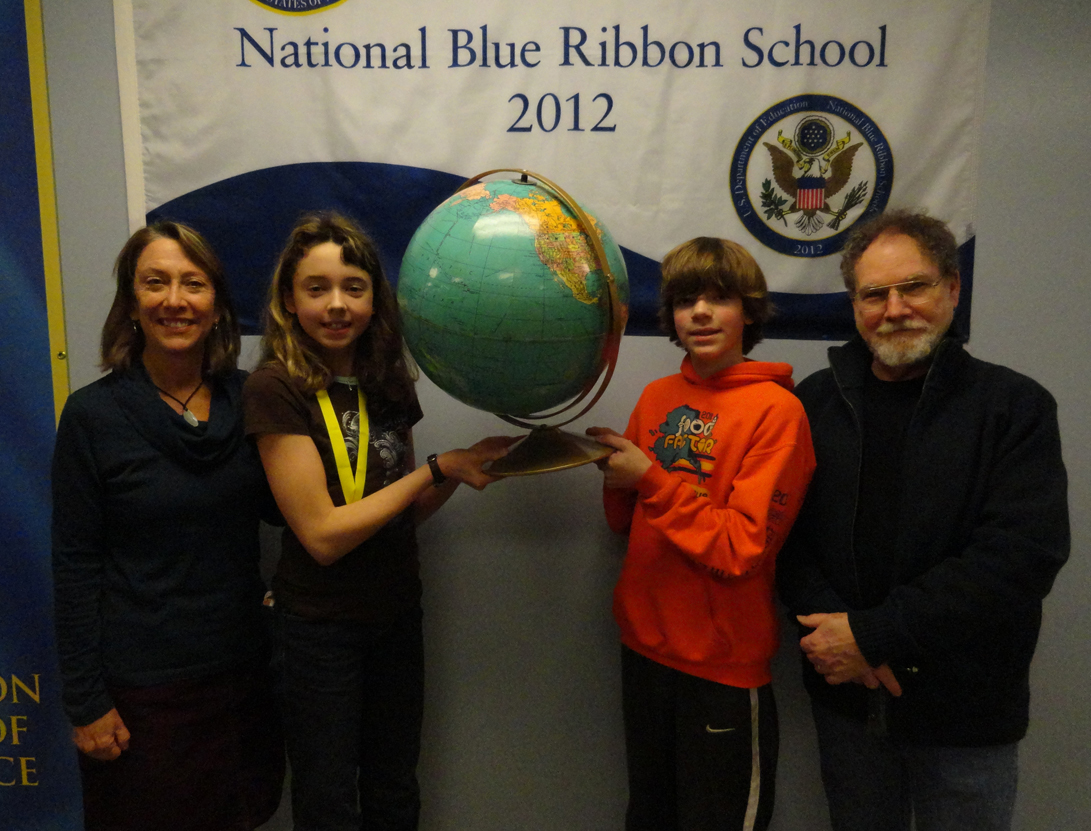Think you know your geography? See how you stack up against the National Geographic’s daily quiz questions.
On Monday, the question of the day was which of the following is true of snowflakes:
(a) they all have six sides;
(b) they all have the same basic shape;
(c) all of the above.
If you chose (a), they all have six sides, you are correct. All snowflakes are six-sided, but do not all have the same basic shape. The shape is determined by temperature.
Here’s a question from another day. According to Gallup, the world’s least emotional country is:
(a) Canada;
(b) El Salvador;
(c) Singapore;
(d) Belarus.
In you chose (c), Singapore, you are correct. According to a 2012 Gallup survey, Singaporeans are the “least likely in the world to report experiencing emotions of any kind on a daily basis.” The most emotional? Filipinos, according to the group.
Students throughout the nation in grades four through eight who have not reached their 15th birthday have an opportunity to show how much they know about geography in the National Geographic Bee, commonly referred to as the Geo Bee, such as the ones held last week at McNeil Canyon Elementary School and West Homer Elementary School and this week at Susan B. English School.
At McNeil Canyon, Principal Pete Swanson facilitated the event, with 11 students in grades four through six participating. Some of the questions WEre multiple choice. Some, like the practice questions given on the National Geographic website, had a 15-second time limit. The answers were given orally. Mispronunciations didn’t count against competitors.
“They just have to be understood that it’s their answer,” said Swanson.
The participants were chosen based on scores of a quiz given prior to the bee.
Winning the McNeil competition was sixth-grader Jakob Nelson, with Nelson’s classmate, Summer McGuire, the runner-up.
At West Homer, Mike Hawfield, assistant professor of history and political science at Kachemak Bay Campus, Kenai Peninsula College-University of Alaska Anchorage, was the guest announcer. Ellie Syth, sixth grade, won the competition and Caleb Rauch, also sixth grade, was the runner-up.
Across Kachemak Bay at Susan B. English School in Seldovia, with 15 students competing, Sage Stanish, grade 7, won the competition, and Skyler Bond, grade 5, was runner-up. The event was facilitated by Karen Bornheimer aad Vivian Rojas, with Ruth Sensenig asking the questions.
“Now they have to take a test that National Geographic provides,” said Swanson. “And then we send that in and if they qualify, it allows them to participate in a state bee in March.”
Numerous study questions and geography-related topics are available on the National Geographic website to help students sharpen their competitive edge. There also are activities for teachers to incorporate into classroom time to help students prepare for the bee. For instance, want to know about tracing migration routes? Reading highway maps? Mapping global urbanization or tracking violent storms? It’s all there.
Winners in each state and U.S. territory advance to the National Geographic Bee in Washington, D.C. The first day of the two-day event held in May narrows the field of competitors down to 10 finalists. Those 10 students compete on the second day, with college scholarships awarded in the amounts of $25,000, $15,000 and $10,000.
It isn’t unusual for students from the southern Kenai Peninsula to be represented in state competition, but a national competitor has yet to surface.
“Some get nervous and don’t want to participate, but I say no, they qualified,” said Swanson “They need the opportunity to stretch themselves. And for the kids in the audience, it’s a good learning environment.”
For more information, visit www.nationalgeographic.com.
McKibben Jackinsky can be reached at mckibben.jackinsky@homernews.com.


